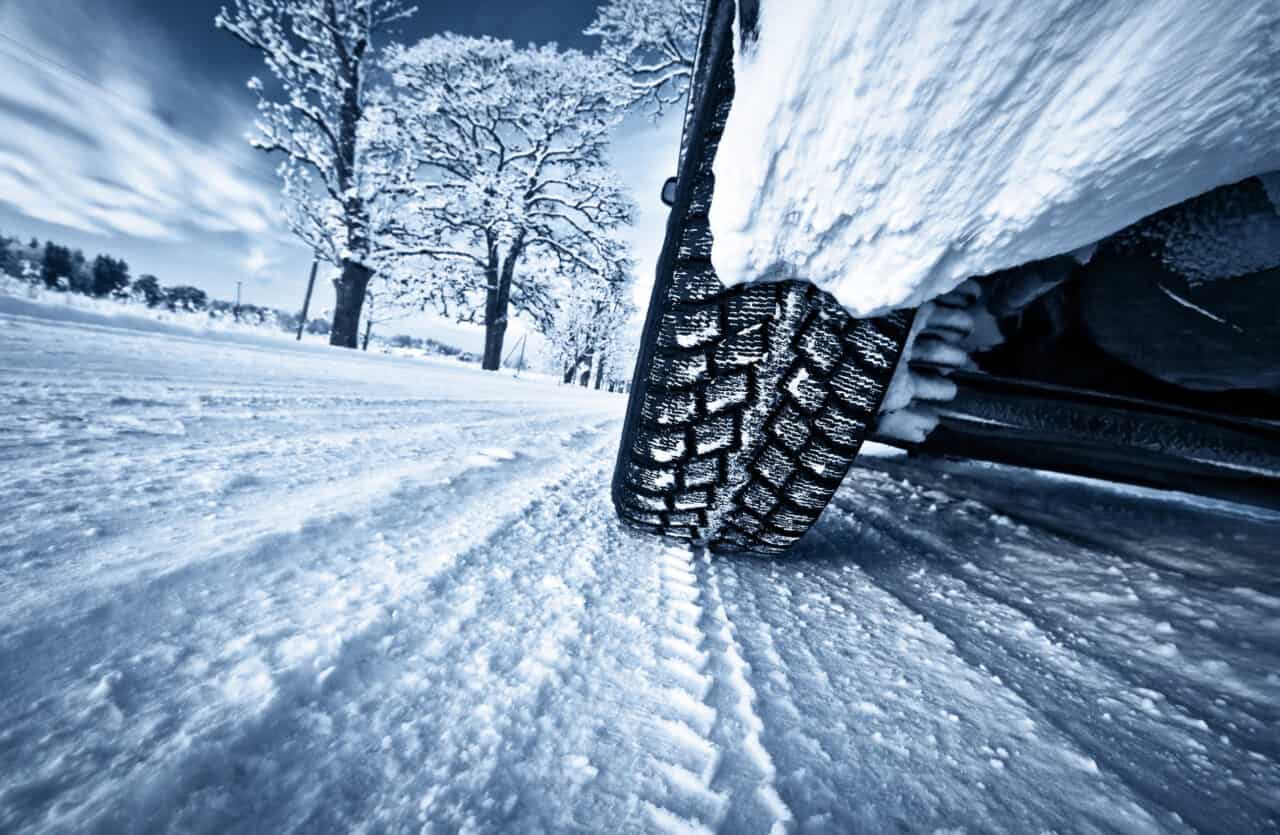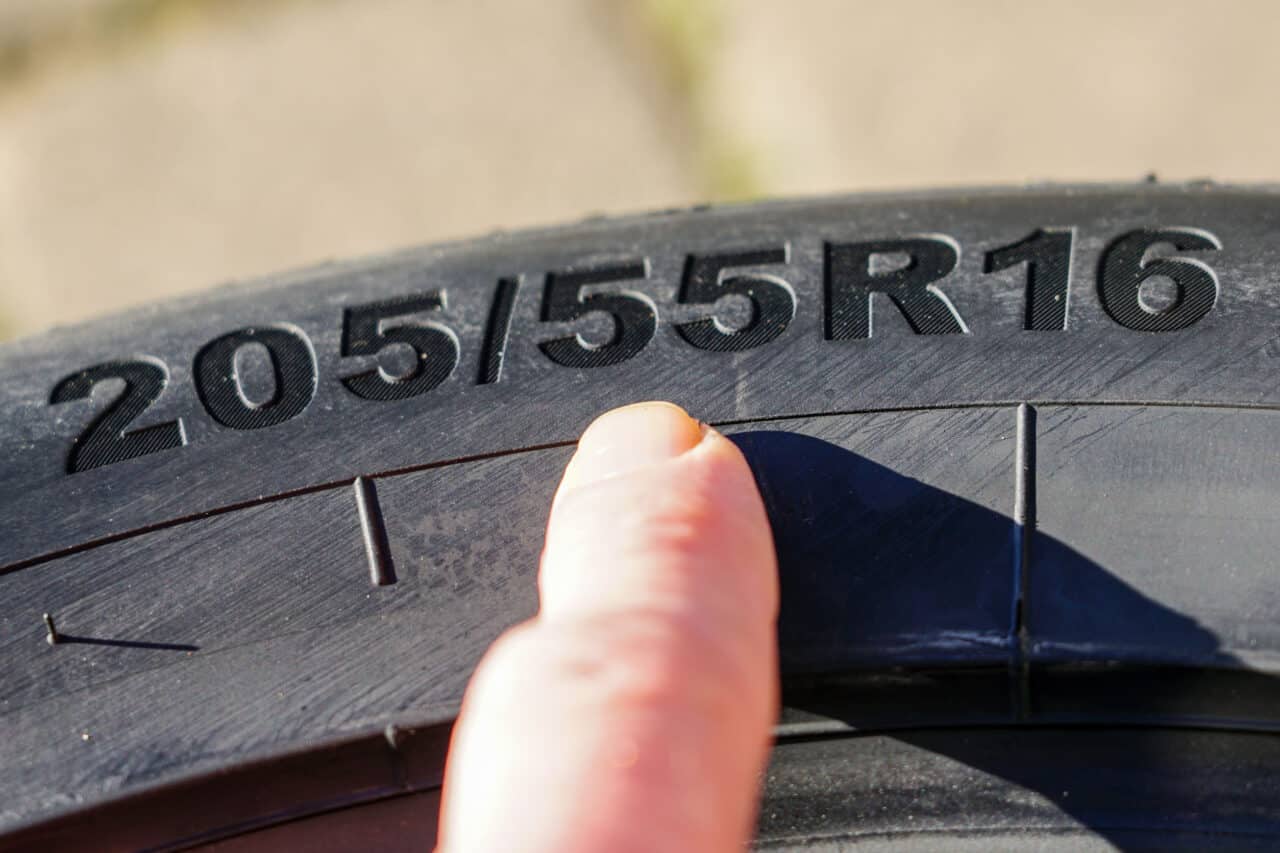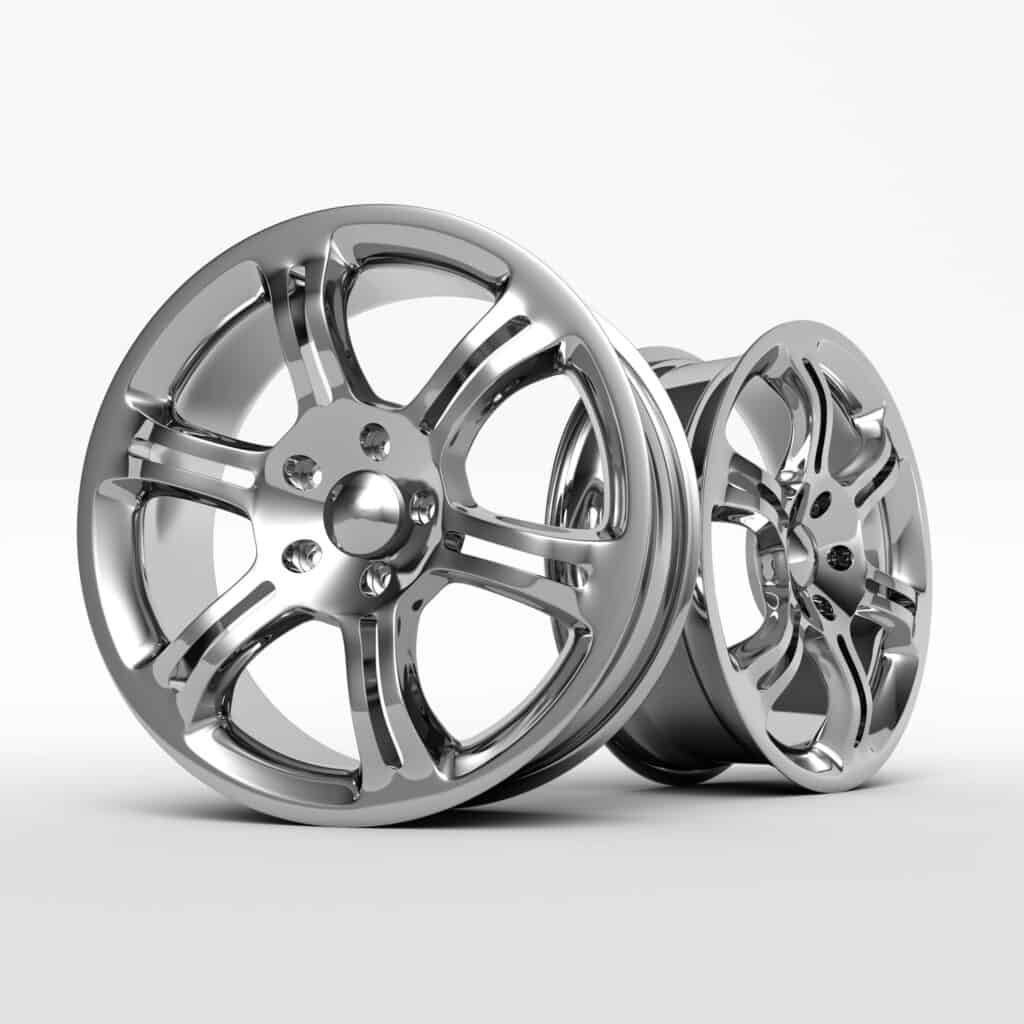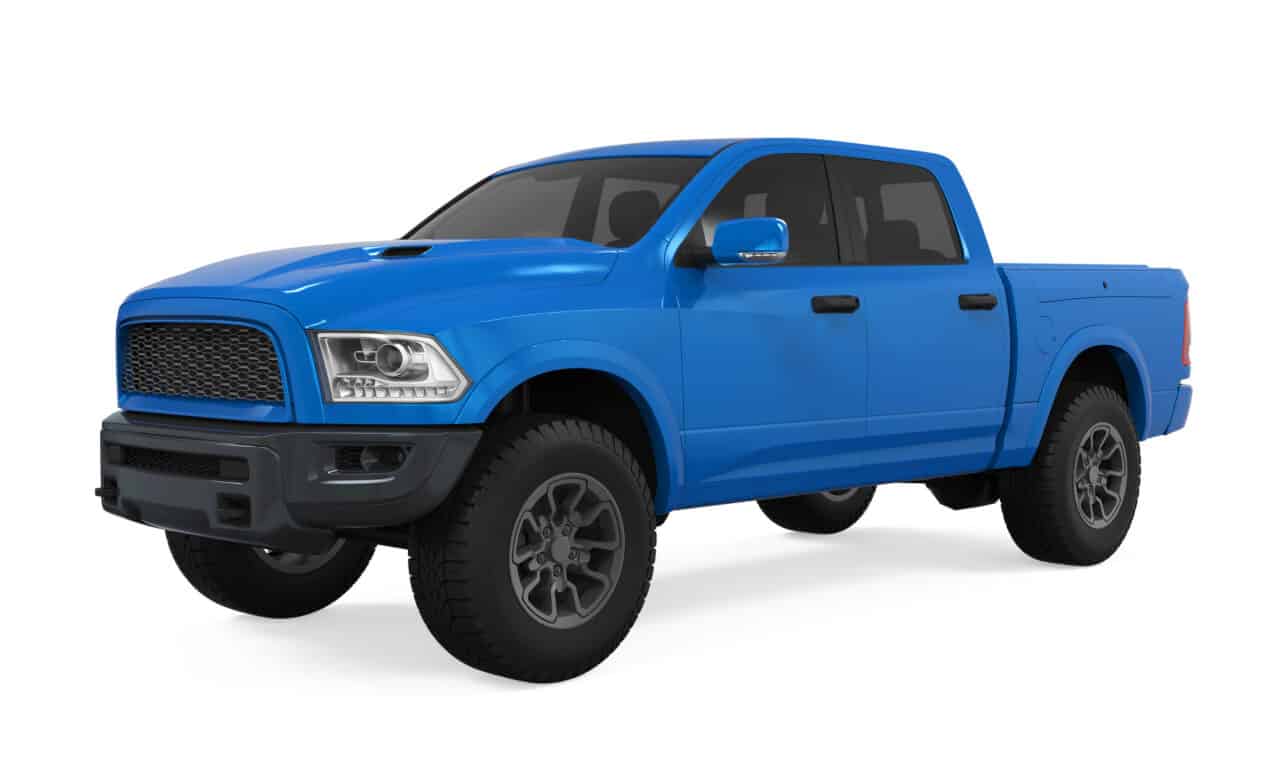Is It Better To Have Small Rims and Big Tires or Big Rims and Small Tires?
Tires are one of the most essential components of your vehicle, simple as that. They are the only things that connect your vehicle with the ground and this is how you are able to use your vehicle for what it is meant to do. The rims of the wheels will determine what kind of tires you should get and how big those tires will be.
Overall, small rims and big tires will be better for your vehicle. If you own a truck or SUV, it will definitely be better to have smaller rims and bigger tires. But, if you have a sedan or sports car, it can be better to have bigger rims and smaller tires. The first option is typically the safest.
There are other factors in determing which option of small rims and big tires or big rims and small tires is better for your vehicle. So, let’s go through and talk about these other key contributors and how they will factor into determining what will be better for you and your vehicle.
Why Bigger Tires
Bigger tires will help you to use your truck or SUV at optimal performance. Trucks are usually found in the more rural areas, which tend to have fewer paved roads. This means that the truck will have a more difficult time getting traction with the road. Bigger tires will help you gain traction with the ground. The bigger the tire, the higher chance you will have a thicker tread. This will then help you have that necessary traction with the road to make sure that your vehicle stays on the road.
The bigger tires will also lift your truck higher, which will give your truck more clearance. This would be for driving in snow, mud, and anything off-roading.

Bigger tires would also help to increase your vehicle’s towing capacity. With the increased traction that the tires would bring, you would then be able to tow more.
Bigger tires will actually be able to last longer than smaller tires will. The tire will have a larger circumference to cover. This then means that there will be a smaller percentage of the tire being used when compared to a smaller tire on the same vehicle.
Why Smaller Tires
Smaller tires can help give the vehicle less drag. This is why they are put on sedans or performance vehicles. The smaller tires help the cars to move efficiently and really, how they are supposed to move and operate. If the sedan or performance care had bigger tires, it would put too much strain on it and will then likely damage the engine. This would not be good at all for you. This will burn a hole in your pocket with the money you’d have to spend to get a new engine.
Since the smaller tire will put less strain on the vehicle, your gas mileage will then be improved as well. The less strain that is put on the engine, the better your vehicle will function as a whole.
The smaller the tire, the better quality of ride that your vehicle will have. The smaller tires will bring the best compromise of the ride, handling, and noise of the vehicle. So if this is what you’re looking for, smaller tires are the way to go.
Reading Tire Sizes

Knowing how to read the tire sizes, is so essential, almost as essential as knowing what tires you should get. You will be able to see what your can or can’t do. Since the tires are the only thing that connects your car or truck to the ground, a brief explanation of how to read your tires will help you to get the best tires for your car that you can possibly get.
Tire Type
The letter “P” at the beginning of the tire size tells us that the tire is referring to tires made to certain standards within the United States and intended for passenger vehicles.
If the tire size has no letters at the beginning, this indicates a Euro metric tire. Both P-Metric and Euro-Metric tires may have different load capacities.
If there are the letters “LT” either at the beginning or at the end of the tire size, this indicates that the tire is designed for light trucks. The vehicle manufacturers equip some light trucks with “LT” type tires which usually require higher inflation pressures than P-Metric tires.
Always look into your owner’s manual or tire placard for the recommended tire size and inflation pressure for your vehicle.
Tire Width
This will be the width of the tire measure in millimeters from sidewall to sidewall. The first three-digit number in the tire size refers to the tire width. For example, if a tire size read P210/65 R16 Tire, the width is 210 millimeters.
Aspect Ratio
The aspect ratio is the ratio of the height of the tire’s cross-section to its width. The two-digit number after the slash mark in a tire size is the aspect ratio. So, with the same tire example given above, the aspect ratio is 65. This means that the height is equal to 65% of the tire’s width. The higher the number, the bigger the tire’s sidewall will be.
Construction
The letter “R” in a tire size stands for Radial, which means the layers run in a radial direction across the tire.
Wheel Diameter
This is the size of the wheel measured from one end to the other. This tells us the size of the wheel that the tire is intended to fit. With the above example, we can say that our tire is made for a wheel with a 16″ diameter.
Load Index
This will indicate the maximum load that the tire can support when properly inflated. You’ll also find the maximum load on the tire sidewall in both pounds and kilograms.
Speed Rating
This rating will tell you the maximum speed capability of a tire. Usually, the speed ratings will be matched up with the top speed capability of the vehicle, but this isn’t always the case. For example, a tire with an H speed rating has a max speed capability of 130 mph. You should NOT exceed the legally posted speed limits regardless of what the speed capacity of your vehicle is.
UTQG
The UTQG is the Uniform Tire Quality Grading System. This system was developed by the U.S. Department of Transportation to provide consumers with information to help them purchase tires based on their treadwear, traction, and temperature capabilities.
Traction Grades
These grades indicate the wet traction of a tire that was done under a controlled test. There are AA, A, B, and C grades that your tires can have. An “AA” grade offers the best traction in wet conditions and a “C” grade will provide the worst.
Temperature Grades
These grades indicate the ability that the tire has to withstand and dissipate destructive heat. A tire with a higher temperature grade is able to operate at higher speeds. Here is a list of the grades and the max speeds the tires have.
| Temperature Grades | Max Speeds in MPH |
| A | Over 115 |
| B | Between 100-115 |
| C | Between 85-100 |
Treadwear Grades
These grades are based on standardized government tests to help predict how long the treadwear of the tire will last. For example, a tire with a grade of 300 should last twice as long as a tire with a grade of 150.

Rims
Your vehicle has a set size of rims, but you can buy different sizes of tires to fit those rims as long as the middle of the tires is the correct size. Measuring rims, however, isn’t going to be taking the tire off and trying to get the width measurement. To determine the correct measurement of your rims without taking the tire off, you can just look at the tire reading. Let’s say the measurement of your tire is “P210/65 R16″. The part where it shows the R16 reading tells us that the diameter of the wheel is 16”. This will help narrow down your search of tires to just those within that measurement.
Money
Tires are simply expensive and it isn’t fun dropping a ton of money down on tires. The bigger the tires, the more money that you will spend on the tires. Mostly because the larger tires are harder to come by, which will cause the tires to be more expensive. On average, a full set of tires would cost you $600 which no matter who you are, is a ton of money. Do your research and make sure that you’re getting the right sized and priced tires for your vehicle.
Your Vehicle

There are so many factors to determine the kind of tires that you should get and the size of rims you should have. In the long run, getting bigger tires and smaller rims will benefit you the most. Both have pros and cons, however, bigger tires will give you more security that your tires won’t blow out on you and will last longer than the smaller tires. But, again do your own research and make sure that you are making the right decision for you and your vehicle.
